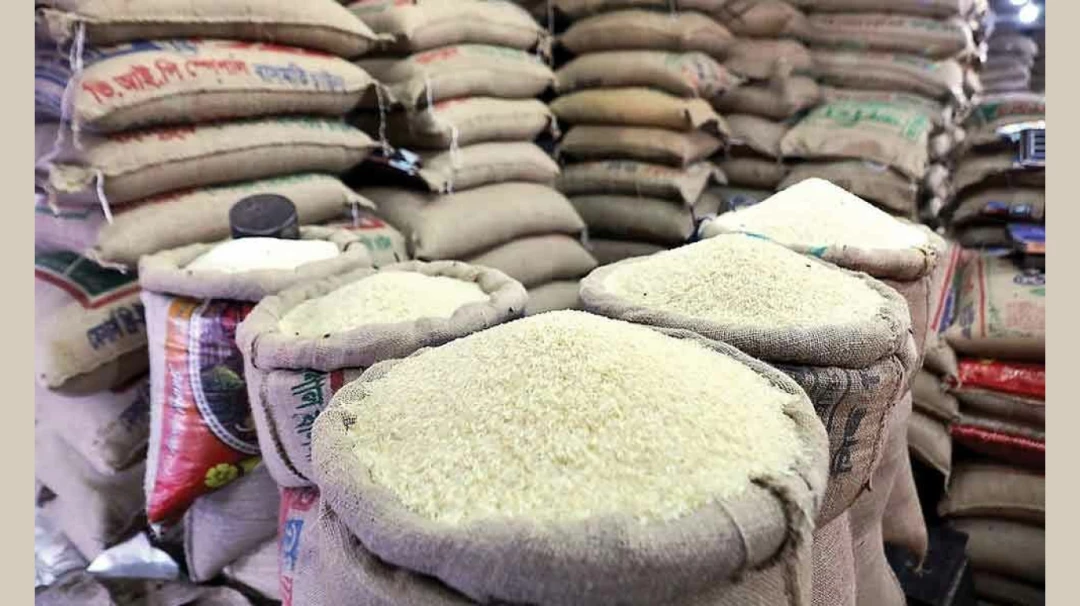Manipur’s ₹5 Rice Headline Explained: Mobile OMSS-D Sale, Pricing Math, Eligibility
The Manipur government has announced a mobile sale of rice under the Open Market Sale Scheme–Domestic (OMSS-D) across all 16 districts to cool prices that have climbed to about ₹55/kg in Imphal markets. Each Assembly Constituency (AC) will get an initial 50 quintals in Phase-1, with purchases capped at 5 kg per family upon Aadhaar verification. The state has set a base cost of ₹2,350 per quintal (₹23.50/kg) from the Sangaiprou CAF&PD godown for valley districts, and ₹2,250 per quintal (₹22.50/kg) for allocations lifted from FCI for hill districts. Districts can add up to ₹5 per kg as a nominal margin to cover transport and handling, implying a likely retail price in the ₹27.50–₹28.50/kg range—well below prevailing retail rates. Proceeds go back to the department, and separate operational arrangements are notified for valley and hill districts
“Manipur to sell rice at ₹5/kg,” your eyebrows probably shot up. Here’s the straight dope: the ₹5 figure is a cap on the district’s margin per kilogram—not the final selling price. The state’s circular pegs a base rate at ₹2,350 per quintal (that’s ₹23.50/kg) for valley lifts from the Sangaiprou CAF&PD godown, and ₹2,250 per quintal (₹22.50/kg) for hill lifts from FCI. Districts can tack on up to ₹5/kg to cover real-world costs like transportation and handling. So the end-consumer price sits around ₹27.50–₹28.50/kg, not ₹5/kg. Still, that’s roughly half of what many households are currently paying in the open market.
FAQs
1) Is the rice really ₹5 per kg?
No. The ₹5 is the maximum margin per kg districts can add to cover transport and handling. The base is ₹22.50–₹23.50/kg, so you’ll likely pay ₹27.50–₹28.50/kg.
2) Do I need a ration card to buy from the mobile sale?
The notification specifies Aadhaar and a 5 kg cap per family; it does not limit sales to NFSA ration cards. (This is distinct from PMGKAY/NFSA entitlements, which are free for eligible cardholders.)
3) Why is the hill district base rate lower than the valley’s?
The order allows hill districts to lift from FCI godowns at ₹2,250/quintal where applicable, versus ₹2,350/quintal from the valley’s CAF&PD godown—reflecting how stock is sourced and moved.
4) How much can the first phase serve per Assembly Constituency?
50 quintals equals 5,000 kg. At 5 kg per family, that’s ~1,000 families per AC in Phase-1.
5) Will this reduce open-market prices quickly?
Often yes—if volumes are regular and sizable. OMSS-D is designed to increase supply and moderate prices; traders typically adjust when cheaper official grain shows up consistently.



